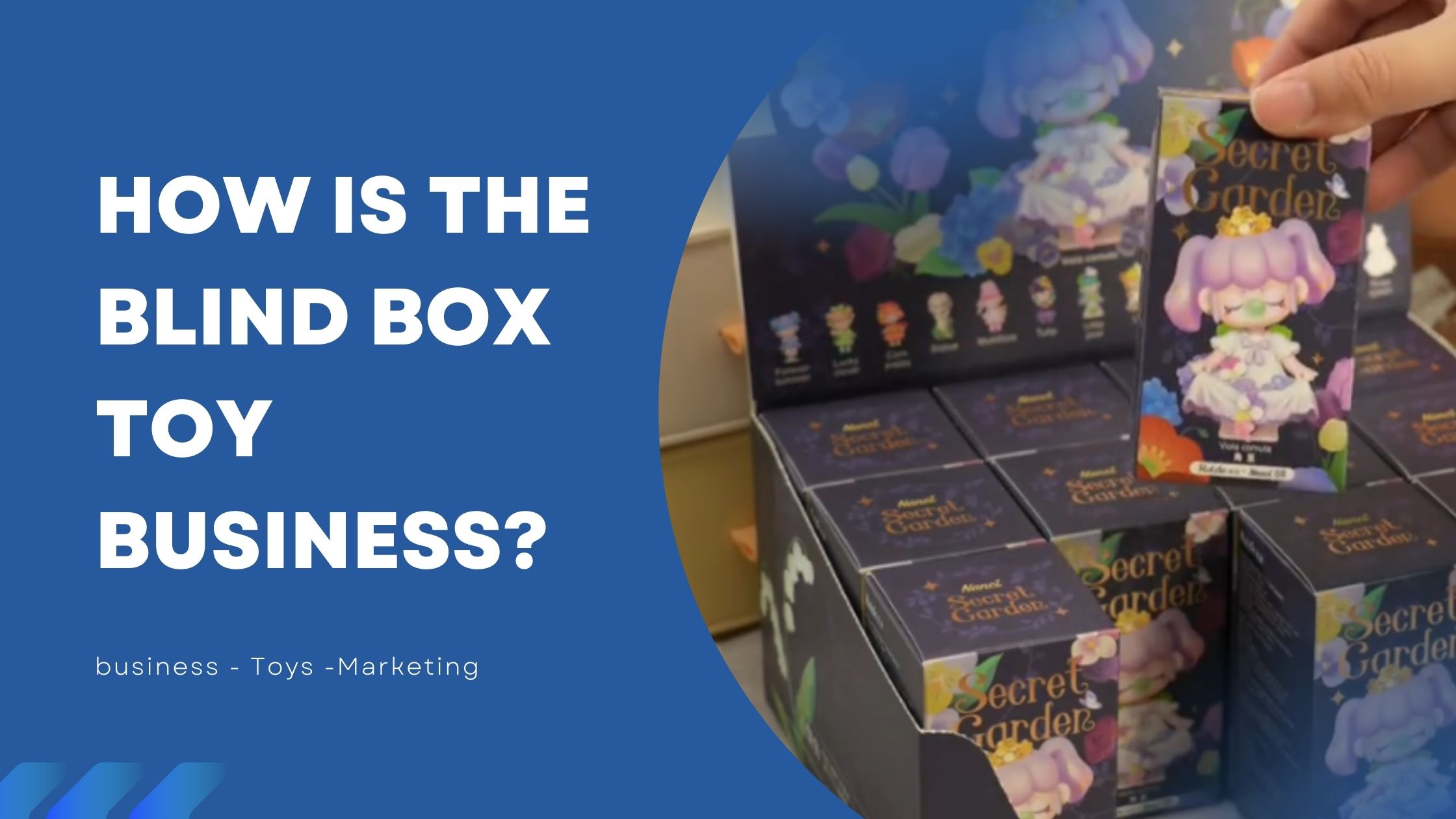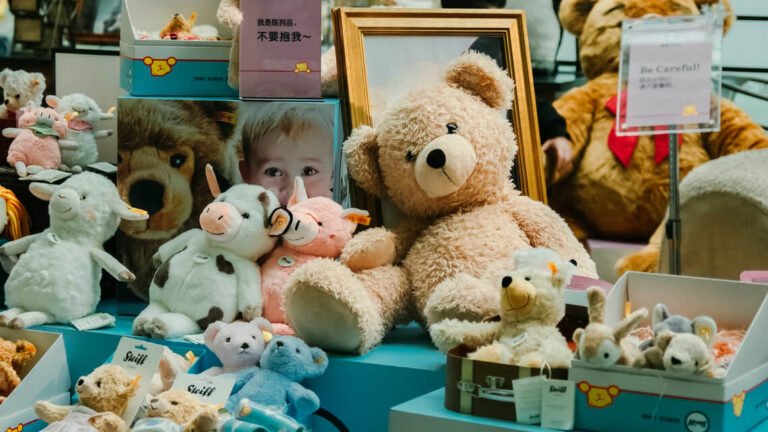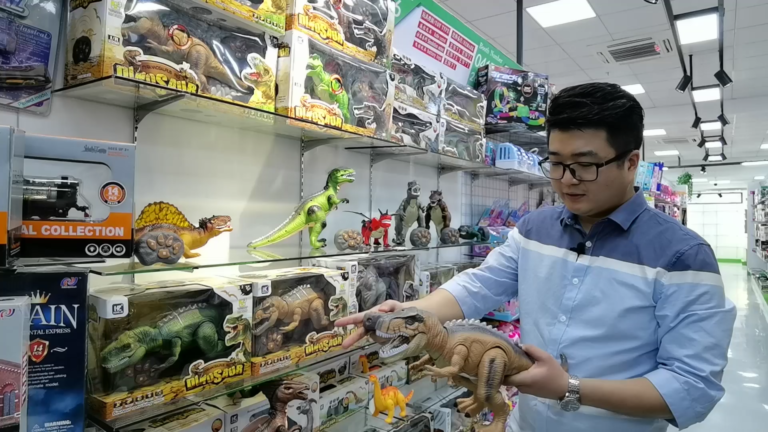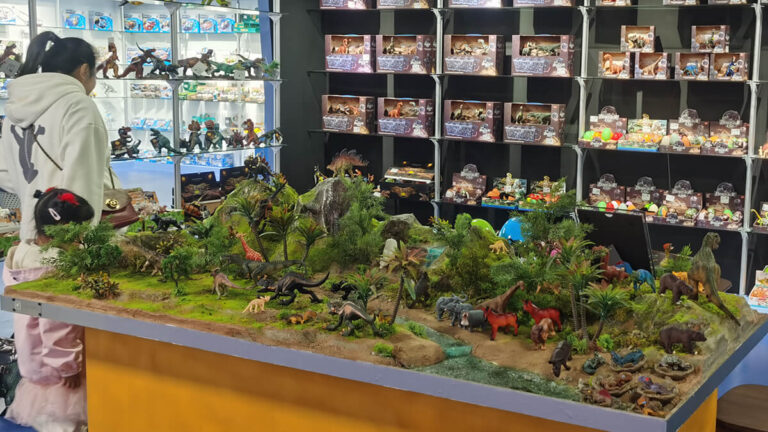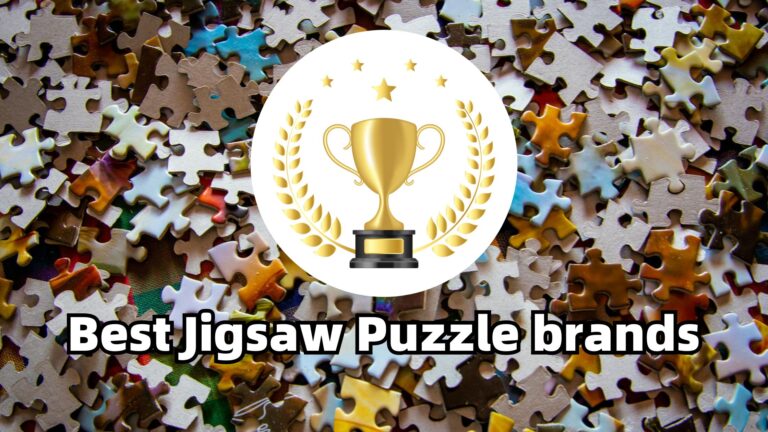How is the Blind Box Toy Business?
The blind box toy business has exploded in popularity in recent years, captivating consumers with its element of surprise. But what exactly is it, and how can you tap into this lucrative market?
- What is Blind Box Toy?
- How is The Blind Box Toy Market: A Booming Industry?
- What is the profit model of blind box toys?
- Is it Hard to start a Blind Box Business?
- How to choose a suitable blind box toy supplier?
- How to design attractive blind box products?
- What is the development trend of blind box business?
Table of Contents
Toggle#1 What is Blind Box Toy?
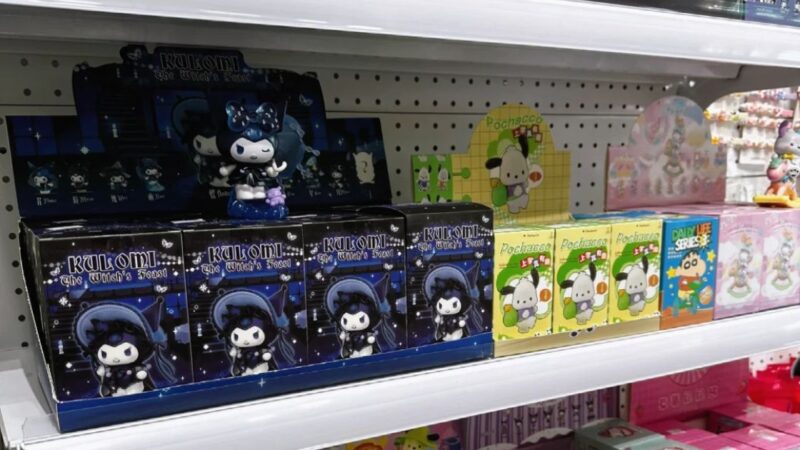
A blind box toy is a type of packaging that conceals the specific item inside. Consumers purchase the box without knowing which toy they will receive, adding an element of surprise and excitement to the buying experience.
Typically, a series of blind box toys features multiple designs, with one figure included in each box. These series often include rare or “chase” figures, which are highly sought after by collectors, further driving consumer interest.
#2 How is The Blind Box Toy Market: A Booming Industry
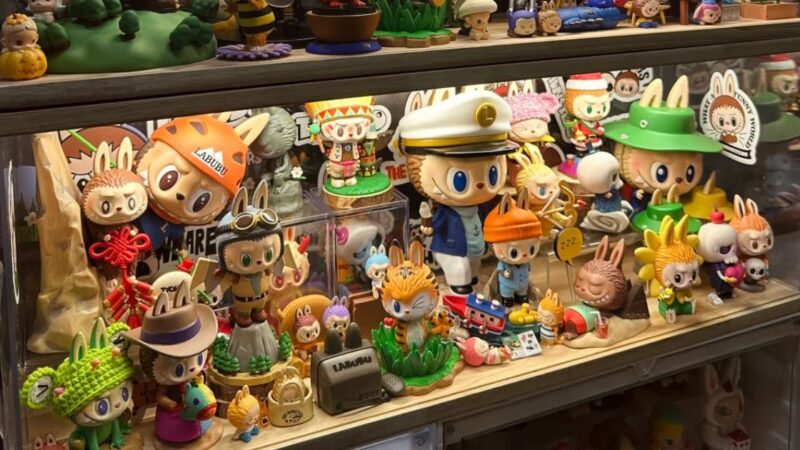
The blind box toy market has experienced explosive growth in recent years. Driven by consumer desire for surprise and collectability, this segment of the toy industry has become a significant revenue generator.
While specific, up-to-date figures can vary, it’s evident that the market has expanded rapidly, particularly in regions with a strong consumer culture, such as Asia and North America. The popularity of limited edition and rare figures has contributed significantly to the market’s growth.
#3 What is the profit model of blind box toys?
The blind box toy business thrives on a unique profit model centered around consumer psychology. Here’s a breakdown:
- Core Product Sales:The primary revenue comes from selling the blind box toys themselves. The element of surprise and the potential to collect rare figures drives repeat purchases.
- Collectibility and Resale:The scarcity of certain figures, often referred to as “chase” or “secret” items, creates a secondary market where collectors buy and sell blind box toys, often at premium prices.
- Licensing and Collaborations:Partnering with popular brands or artists can significantly boost sales. Licensing fees and royalties can be additional revenue streams.
- Merchandise and Accessories:Expanding the product line with related merchandise, such as keychains or plushies, can increase revenue.
- Experiential Retail:Creating pop-up shops or interactive experiences can attract customers and drive sales.
By carefully managing these revenue streams and understanding consumer behavior, blind box toy companies can achieve significant profitability.
#4 Is it Hard to Start a Blind Box Business?
Starting a blind box business can be challenging but also rewarding. The market is competitive, but with careful planning and execution, it’s possible to carve out a niche.
Key Challenges:
- High initial investment:Designing unique toys, manufacturing, and building a brand requires substantial upfront costs.
- Inventory management:Balancing supply and demand for various figures can be complex.
- Competition:The market is saturated with numerous competitors.
- Legal and regulatory compliance:Understanding and adhering to regulations related to toys and consumer protection is essential.
- Building a strong brand:Creating a recognizable and appealing brand identity is crucial for success.
Opportunities and Rewards:
- High profit margins:Blind box toys often have high profit margins due to consumer demand and collectability.
- Fan loyalty:Building a dedicated fan base can lead to repeat purchases and brand advocacy.
- Innovation:The industry is constantly evolving, offering opportunities for creative and innovative products.
Ultimately, the success of a blind box business depends on factors such as product appeal, marketing strategy, and the ability to manage risks.
#5 How to choose a suitable blind box toy supplier?
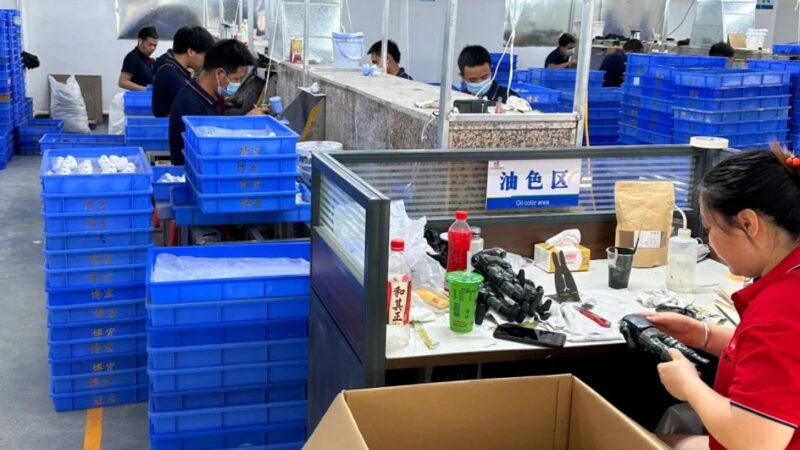
Selecting the right supplier is crucial for the success of your blind box toy business. Here are some key factors to consider:
1. Experience in Blind Box Production:
Look for suppliers with a proven track record in producing blind box toys.
They should understand the unique requirements of blind box packaging and distribution.
2. Manufacturing Capabilities:
Assess the supplier’s production capacity to meet your anticipated demand.
Ensure they have the necessary machinery and technology for your desired toy materials (PVC, resin, plush, etc.).
3. Quality Control:
Verify the supplier’s quality control processes to ensure product consistency and safety standards.
Request samples to assess the quality of materials and workmanship.
4. Design and Development:
Evaluate the supplier’s design capabilities and willingness to collaborate on your toy concepts.
Consider if they can offer design support or suggestions.
5. Intellectual Property Protection:
Ensure the supplier respects intellectual property rights and can maintain confidentiality.
Discuss non-disclosure agreements (NDAs) to protect your designs.
6. Price and Payment Terms:
Compare prices from multiple suppliers to get the best deal.
Negotiate favorable payment terms and consider options like L/C or escrow for protection.
7. Reliability and Communication:
Assess the supplier’s responsiveness and communication skills.
Consider their track record of meeting deadlines and fulfilling orders.
8. Factory Audit:
If possible, conduct a factory audit to verify working conditions and production processes.
Additional Tips:
- Start with a small order:Test the supplier’s capabilities with a smaller order before committing to larger quantities.
- Build a long-term relationship:Develop a strong partnership with your supplier for better collaboration and support.
- Leverage online platforms:Utilize platforms like Alibaba or Global Sources to find potential suppliers.
#6 How to design attractive blind box products?
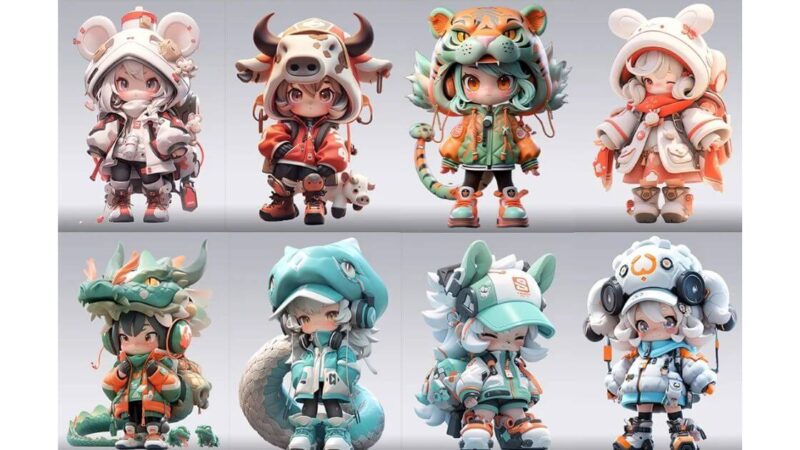
Designing attractive blind box products is crucial for the success of your business. Here are some key considerations:
Understanding Your Target Audience
Identify your target market:Determine the age, interests, and preferences of your ideal customer.
Research trends:Stay updated on popular culture, toys, and collectibles to identify potential themes.
Creating a Compelling Theme
- Choose a captivating theme:Select a theme that resonates with your target audience.
- Develop a storyline: Create a narrative around your characters or items to increase engagement.
- Maintain consistency:Ensure all designs align with the overall theme.
Designing Diverse Characters
- Create a variety of characters:Develop a range of characters with different personalities and appearances.
- Include rare or secret figures:Generate excitement and collectability by adding limited edition items.
- Balance aesthetics and functionality:Ensure your designs are visually appealing and have good play value.
Considering Collectibility
- Develop a series concept: Create a series of interconnected characters or items to encourage collecting.
- Build anticipation: Release new series or limited editions to maintain interest.
- Foster a community: Encourage collectors to share their collections and connect with each other.
Incorporating Surprise and Excitement
- Maintain secrecy: Keep the contents of the blind box a surprise.
- Create anticipation:Use marketing strategies to build excitement before the release.
- Offer incentives: Consider including bonus items or exclusive content for collectors.
By following these guidelines and understanding your target audience, you can create blind box products that captivate consumers and drive sales.
#7 What is the development trend of blind box business?
The blind box business has evolved rapidly, driven by consumer demand and technological advancements. Here are some key trends shaping the industry:
1. Diversification of Products:
- Beyond toys: The concept has expanded to include beauty products, electronics, and even food items.
- Customization: Offering personalized or customizable blind boxes to cater to individual preferences.
2. Digital Integration:
- NFT integration: Combining physical blind boxes with digital collectibles to create new revenue streams.
- Augmented reality (AR) experiences: Enhancing the unboxing experience with interactive elements.
- Online platforms: Leveraging e-commerce to reach a wider audience and facilitate direct-to-consumer sales.
3. Sustainability:
- Eco-friendly materials: Using recycled or biodegradable materials to appeal to environmentally conscious consumers.
- Ethical sourcing: Emphasizing sustainable practices in the production process.
4. Collaboration and Partnerships:
- IP licensing: Partnering with popular brands or franchises to create themed blind box collections.
- Influencer collaborations: Leveraging social media influencers to reach a wider audience.
5. Experiential Retail:
- Pop-up shops: Creating immersive shopping experiences to engage consumers.
- Interactive installations: Offering interactive elements to enhance brand engagement.
6. Data-Driven Approach:
- Consumer analytics: utilizing data to understand consumer behavior and preferences.
- Predictive modeling: predicting trends and consumer demand to optimize product development.
These trends indicate a dynamic and evolving landscape for the blind box business, with opportunities for innovation and growth.

